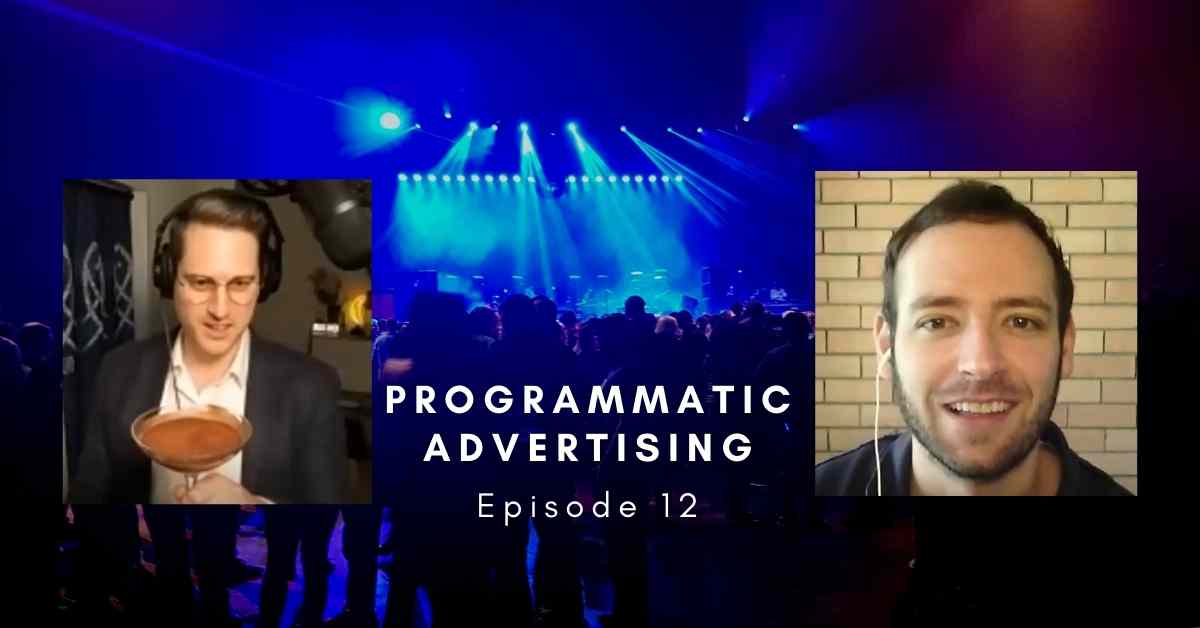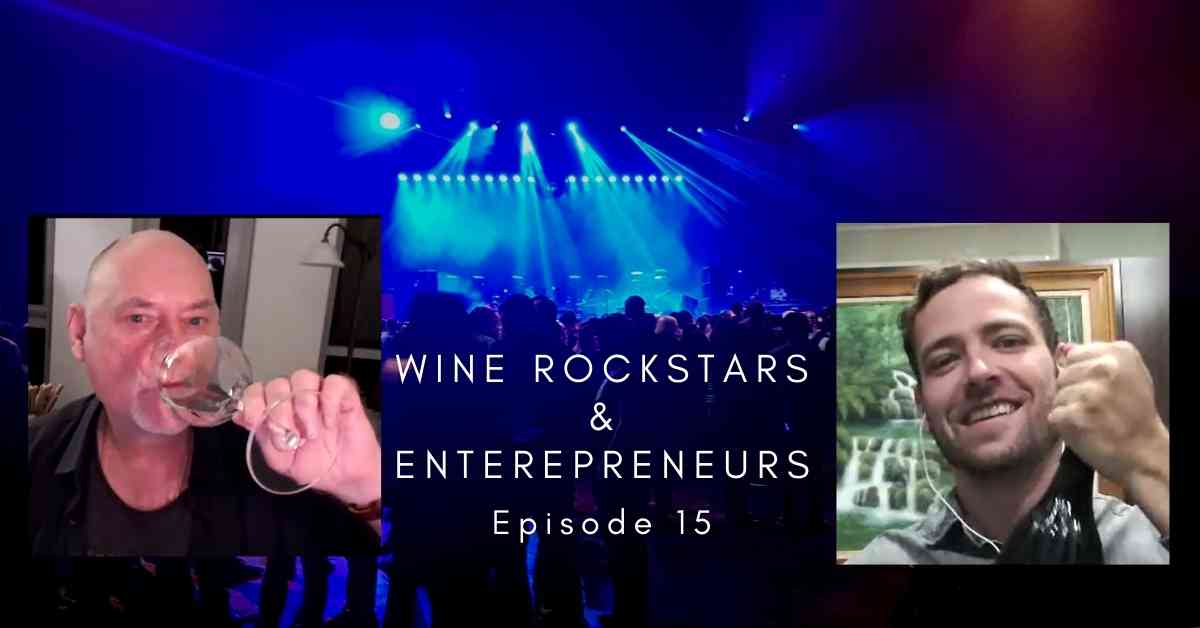
The Champagne Strategy Podcast – Episode 12 – Keaton Hulme Jones
1986 Views
This is the question I’m asked most frequently by organizations of all sizes. The answer I give depends on the entity’s goals, resource levels, risk aptitude, industry, product/service type and maturity.
In practice, however, all founders and senior marketers should be aware of some common market distortions which can wreak havoc on the decision-making process.
Media channels in this article refers to communication mediums. In the tech and digital sectors, these are instead commonly referred to as ‘channels’ or in some cases’growth levers’.
Digital marketers can mistake a communication medium for tactical approaches or outcomes. In the book Traction, one of the 19 ‘Customer Acquisition Channels’, is coined ‘Virality’. However, virality is not a channel, but rather the outcome of messages disseminating via mediums in rapid succession to an increasing degree. The channels are typically social media, website forums, email, word of mouth etc.
Media generally falls under three main categories. Earned, paid and owned. All decision-makers should be acutely aware of the effect this has on customer perceptions of message source credibility. Below is a diagram comparing digital media in this context.
There are a few main distortions to media planning process that can hamper growth potential or inflate campaign costs.
In the absence of experienced internal staff, digital agencies are sometimes used to guide media choices. This is especially true for large brands where media buying requires certain economies of scale or qualifying spend minimums.
Agencies will tend to preference scalable, established paid media over other choices due to the commission structure and commercial reality that drives the industry. Much like in the financial services industry, agencies typically receive commissions for each booking. Not surprisingly, they will be under commercial pressure to recommend the media which result in the largest commissions, hence their recommendations will contain an inherent level of bias.
If you wish to use media in the most effective way, purely for revenue sales growth, I’d argue that one views all media in an agnostic sense.
Decision-makers may not have knowledge of, or sufficient experience with certain media in order to be comfortable (in a political sense) championing their adoption.
Traditional marketers, feel more comfortable with familiar media such as TV, Radio, Print, Outdoor, personal sales and brochures.
Digital marketers will share a disdain for any medium that isn’t digital (often to their detriment) and ignore the trust and credibility associated with offline media.
Growth marketers, will prefer to spend their time obsessing over notions of product-market-fit, descriptive user data, and can ignore paid media often to their detriment (opportunity-cost).
It’s wise for decision-makers to at least have a basic understanding of all media in order to judge their use dispassionately and make informed decisions. Different media channels have different strengths and weaknesses which can be used together in order to limit risk.
Again, this statement may be controversial, but unless you’re completely naive, the practice is widespread in many industries – especially in the marketing industry. Federal prosecutors are currently investigating this in Manhattan (see this article for more information).
Senior decision-makers in the marketing department often receive inducements from vendors to sign contracts. While some inducements can be subtle and claimed as entertainment expenses (invitations to events, dinners, tickets etc), others will be blatant payments in the form of cash.
I heard recently from an industry contact who was trying to figure out why a poorly performing digital agency was retained. It turned out that the previous manager received regular electronic payments directly into her personal bank account from the agency. Not exactly subtle.
In other cases, there will often be a family relation or friend who has a strong connection between the supplier and the brand advertiser, which heavily influences the purchase decision.
One of Australia’s largest multi-billion dollar banks recently awarded their communications contract to a different agency because of a personal connection at that agency. The performance metrics reportedly also changed from valuable sales funnel outcomes (MQLs), to top-funnel vanity metrics such as reach, website visitation and clicks. Who wins in this situation? The brand doesn’t that’s for sure.
Media choices can also be preferred based on their perceived ability to provide higher scale growth.
Sean Parker (ex Napster founder) while involved in the early days of Facebook’s growth, first made famous the concept of ‘Virality’ which he deemed was the function of ‘payload’, ‘frequency’ and ‘conversion’.
Payload: How many people you can hit with any given viral blast (another name for ‘reach)
Frequency: How many times you can hit them per blast
Conversion: What percentage of them will convert
While not always applicable to non-SaaS businesses, what he did instill within Facebook’s growth culture was the importance of how each of these three concepts play into one another.
Facebook never aimed to hit reach figures. Instead, they were interested in measuring conversions, which in their early days, was a new user registration.
After the introduction of their advertising platform, they changed their focus growth metric to ‘daily active users’ because active users increased the amount of advertising inventory they could sell to advertisers.
Kmart’s resurgence in the AU market was build mainly on the back of focusing on quality organic reach via the smart use of various digital channels, most of which were somewhat unscalable (social media groups, influencer marketing, forums etc). They used the resulting customer dialogue to feed product inventory decisions which in turn further fueled demand. Therefore, their media strategy wasn’t reliant on a scalable paid medium that helped them achieve a reach figure, but rather media that were effective at influencing future in-store purchase decisions.
Perhaps dismissing the value of media that can appear to offer lower reach potential shouldn’t be overlooked in preference for mediums that offer large scalable reach. Looking at quality conversion potential might be a better way to determine choices.
Furthermore, there is a large difference between paid reach, organic reach and verifiable reach.
Again, when formulating media strategies we consider the following:
The nature of the product/service offering and the industry sector
The company’s maturity (startup, emerging, growth, decline)
The specific goals that have been set by management
Risk aptitude, and…
Available resources
– Paid (Google Ads, Bing etc)
– Organic (SEO)
– Direct advertising purchases with online publishers/websites
– Programmatic DSPs e.g. Google Display Network, DoubleClick
– Blogs, guest blogging, content for social media and EDMs etc
– Press releases (print and digital)
– Stunts etc
– Paid – direct or leverage other pages
– Organic – page followings, groups, influencer engagement
– Facebook, Instagram, Pinterest, Twitter, LinkedIn, WhatsApp, Snapchat,
– Leveraging personal brand followings (social media, EDMs, blogs)
Production and marketing of persuasive video content
Netflix, Youtube, Vimeo, Hulu, and other video platform providers
– Advertising, sponsorship, comments or interviews on podcast channels
– Email List acquisition, billing, lead nurturing (EDMs)
– Brochures, letterbox drops, chunky mail
– Engaging digital UIs for branding or lead qualification
– Phone, email, face-to-face
– TV (Free-to-air and Cable)
– Radio
– Magazines
– Newspapers
– Niche publications and books
– Catalogues
– Billboards
– Transport shelters
– Retail centers
– Signage (sports stadium, buildings, storefront)
– Vehicles and on-person signage
– Product line examples
– Associated/complimentary product example
– Virtual or physical product representations
– Discounts
– Packaged product deals
– Other sales incentives (time, flexibility etc)
– Sales commission incentives
– Classifieds and marketplace listings
– Leverage other brands customer bases or data
– Online webinars etc.
– Offline events
– Leverage another brand’s associations and followers or celebrity
Simple strategic choices of media will not often automatically result in growth. Each medium has it’s own nuances which only highly skilled professionals are effective at controlling in order to produce the best results. Tactical execution is still critical for success.
Which media do you use and which do you exclude? Interested to hear your comments.

